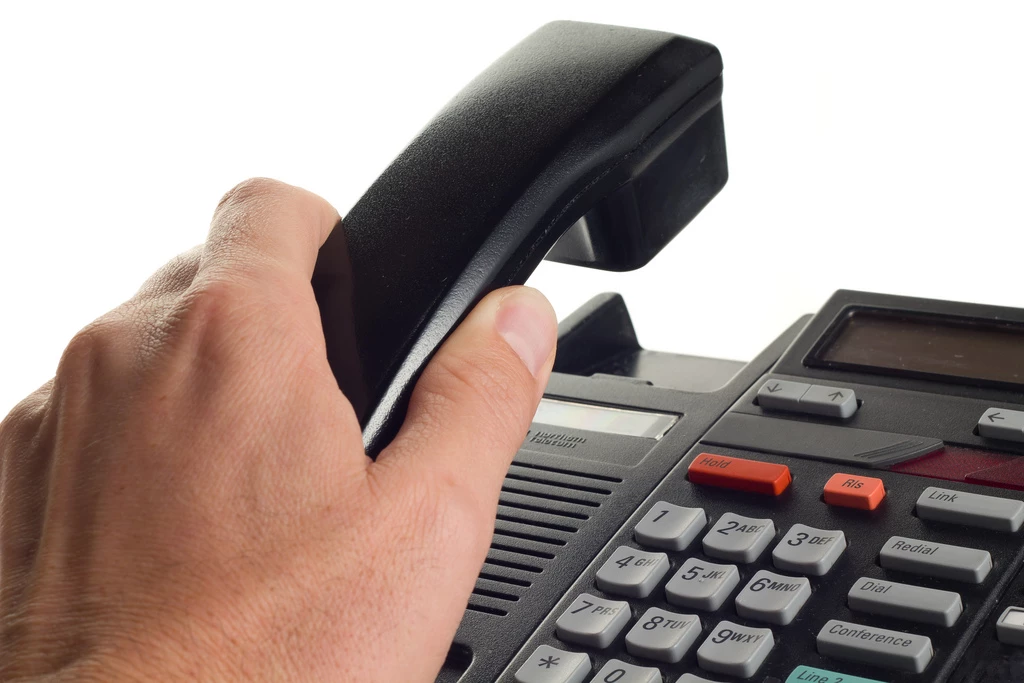
Partner Article
ATM turns 50, what now for the future?
This week we celebrate the 50th anniversary of the ATM, a technological advancement which has revolutionised the way we interact with our banks and which provides millions of us across the globe with easy access to funds no matter the time or location. While hailed as one of the most transformative inventions of the 20th century, as with all technology associated with the financial industry, modifications must be made. With Cifas having reported this year that one in every two crimes is now fraud or cybercrime, there is obvious need to adapt in order to avoid becoming an easy target for fraudsters & criminals who wish to do the consumer harm.
While current consumer habits are restricted to manually typing in a PIN at the ATM machine, and navigating via click-buttons, financial institutions are already navigating alternatives. In order to combat the growing threat of fraud, in the not too distant future it will be the individual’s biometric identity, such as their voice which will act as the ATM access key. Across the financial industry we are already seeing banks turn to biometrics to solve the seamless user experience and combat fraud – phone banking and voice biometric security layers for example – the ATM, perhaps our most regular access point with our bank, is likely to follow suit.
Examining how this would work in practical terms, for those banks looking to implement biometric technology, there is one clear warning. One form of defence is simply not enough to protect customers identity. Instead financial institutions must look to implement a multi-layered form of protection to cover all angles. Phoneprinting™ technology for example, which scans 147 different elements of a call to detect whether fraudulent activity is taking place, provides financial intuitions with a far superior form of defence than one biometric solution alone.
The rise of biometrics in our ATM machines is already happening in some areas of the globe such as Japan. It’s an exciting prospect and will make the trip to the bank even easier for the consumer. As long as banks have the correct identification solutions behind the ‘hole in the wall’, we’re all heading towards a much quicker and more secure trip to the bank.
This was posted in Bdaily's Members' News section by Nick Gaubitch .








 How to make your growth strategy deliver in 2026
How to make your growth strategy deliver in 2026
 Powering a new wave of regional screen indies
Powering a new wave of regional screen indies
 A new year and a new outlook for property scene
A new year and a new outlook for property scene
 Zero per cent - but maximum brand exposure
Zero per cent - but maximum brand exposure
 We don’t talk about money stress enough
We don’t talk about money stress enough
 A year of resilience, growth and collaboration
A year of resilience, growth and collaboration
 Apprenticeships: Lower standards risk safety
Apprenticeships: Lower standards risk safety
 Keeping it reel: Creating video in an authenticity era
Keeping it reel: Creating video in an authenticity era
 Budget: Creating a more vibrant market economy
Budget: Creating a more vibrant market economy
 Celebrating excellence and community support
Celebrating excellence and community support
 The value of nurturing homegrown innovation
The value of nurturing homegrown innovation
 A dynamic, fair and innovative economy
A dynamic, fair and innovative economy